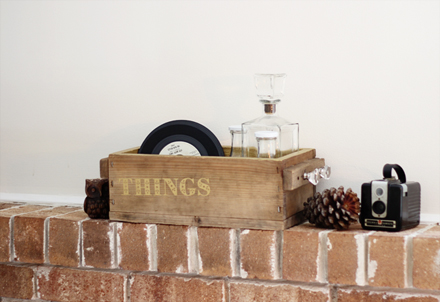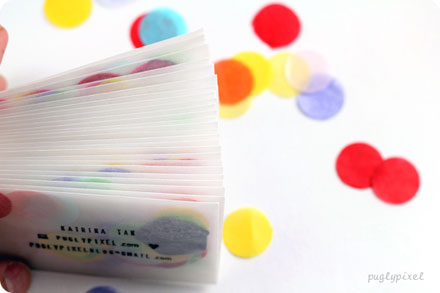As many of you know from our Facebook page or Instagram feeds, the staff at Indie Craft Parade took a brief hiatus last weekend to the big city. For a long time now we've been watching the success of long standing craft shows like Renegade Craft, so we decided to attend the fair hosted in Brooklyn. We're always fans of people or organizations who contribute to the modern craft scene, and we try to attend shows whenever possible. Our treks have been fairly local, however---Atlanta, Columbia, Asheville, etc.---so the prospect of attending a huge festival was quite exciting. Showing our excitement in the Renegade Photo Booth.
So, with a date on the calendar we saved up our pennies, begged a couple days off work, kissed our husbands goodbye, and made the most of our time in New York. Although the trip centered on visiting the artists at Renegade, we did have a couple of days on either side of the festival...and did we ever fill them with the most wonderful things. Our game plan was to visit or learn about as many arts and craft locations as possible. We wanted to know how other people organize their festivals, storefronts, or studios with hopes of making our endeavors here in Greenville even better.
We'd like to share with you a little bit about our trip---highlights of who we visited, what we saw, and how we're planning on making the Indie Craft Events better than ever!
Day 1: We hit the ground running as soon as we landed. After checking into a cute apartment in Greenpoint Brooklyn, we headed to Manhattan to check out studios and supply stores. The highlight of the day, by far, was getting a tour of the Lower Eastside Printshop. This is a collaborative space where artists can either learn new mediums or rent studio equipment to further their own body of work.
One of two giant communal studios.
The printmaking equipment, particularly the screen printing setup is some of the best we've ever seen.
Day 2: Renegade Craft Fair! In the very warm summer sun we perused 300 artists along with 20,000 other people for 6 very long hours. We took our time and saw EVERYTHING. We only stopped to cool ourselves with frozen treats and make new friends from the awesome website Kollabora. If you don't know this site, then you really should. It's a community based site that's meant to find or share crafting projects. Here you can post what you're working on, learn new skills that will make your projects easier, and connect with other makers you share your passion. It's a super great resource.
Getting ready to enter the fair.
A single row of tents.
Checking out an embroidery artist.
Day 3: We headed back to Manhattan. Since most offices and studios were closed for the weekend, we spent the day wandering the coolest shops in New York. Two of our favorite stops were Best Made Company and Purl Soho.
Best Made...the home of wonderfully handcrafted or in-house designed goods for men...and where we picked up treats for the husbands.
Purl Soho...yarn, felt, and fabric heaven.
We found a Hugo lookalike project!
Day 4: After finding a pie shop for breakfast (this was an amazing food trip, by the way), we headed to the corporate office of Etsy. We got a tour of the offices and Etsy Labs and were delighted to find that the Etsy office was basically one giant DIY project--everything from vertical pocket gardens to crocheted ventilation pipes to quilted room dividers and even a tech conference room that looks like a space station.
Our last big stop before heading home was at Tattly, an innovative company that produces design-y temporary tattoos. We had a great meeting with the staff, and we've got a fun collaboration coming up...details to follow.
Well, that's a brief look at our trip. Thanks for joining us! We're back in Greenville and more excited than ever for the upcoming festival!
All the applications are in, which means this weekend our jury has the heavy task of deciding who will be in the show. Check back in next week to see the vendors. We can guarantee you're going to be excited about who'll be there.





























































































